10-Day Kenya and Tanzania Safari
It’s really simple to plan a safari that incorporates Tanzania and Kenya, and it lets you see the best of both East African nations.
This program is perfect for getting to know each country’s varied animal life. The 2-week Tanzania and Kenya itinerary is an additional option if you haven’t determined how many days you’ll be there yet.
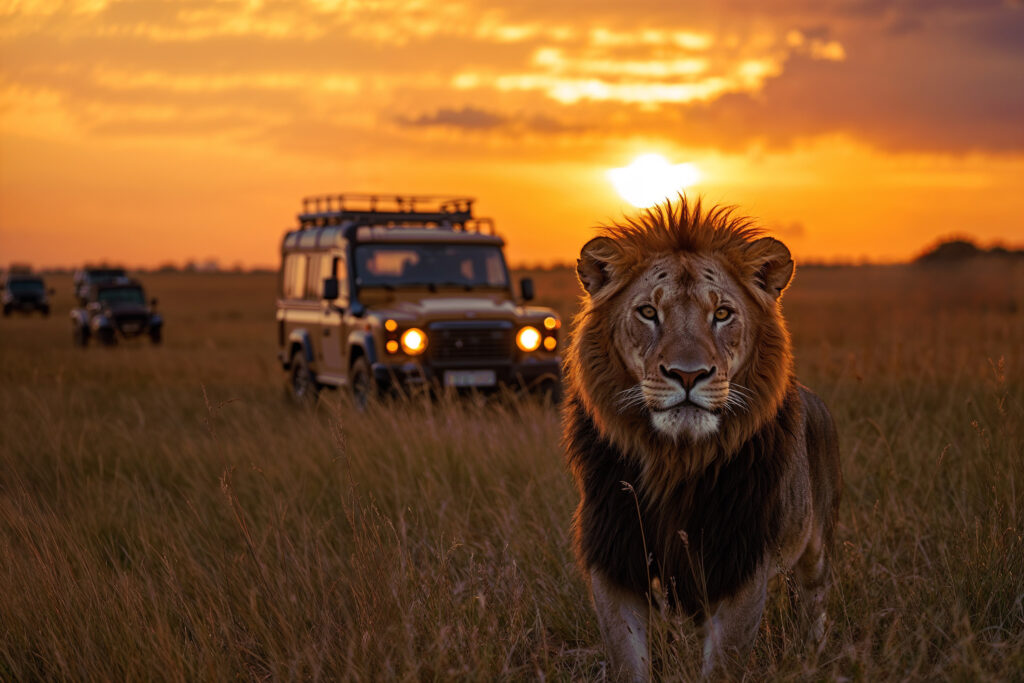
Why choose a Safari in Kenya and Tanzania?
Kenya and Tanzania are both excellent safari destinations and are considered among Africa’s top wildlife spots, particularly for first-time safari travelers, due to their well-established safari trails and accessibility.
Kenya’s Maasai Mara, famous for its remarkable big cat watching, and Tanzania’s Serengeti, maybe Africa’s most famous national park, are two of their best parks.
Both nations are home to many of the creatures that are likely on your list of must-sees, including as giraffes, cheetahs, buffalo, lions, elephants, leopards, rhinos, and zebras.
The countries’ landscapes are as stunning as their species. Mount Kilimanjaro, Africa’s highest mountain, is located in Tanzania, while Mount Kenya, the continent’s second-highest peak, is located in Kenya. There are several beautiful lakes that are brimming with aquatic life because to the Great Rift Valley, which runs across both nations.
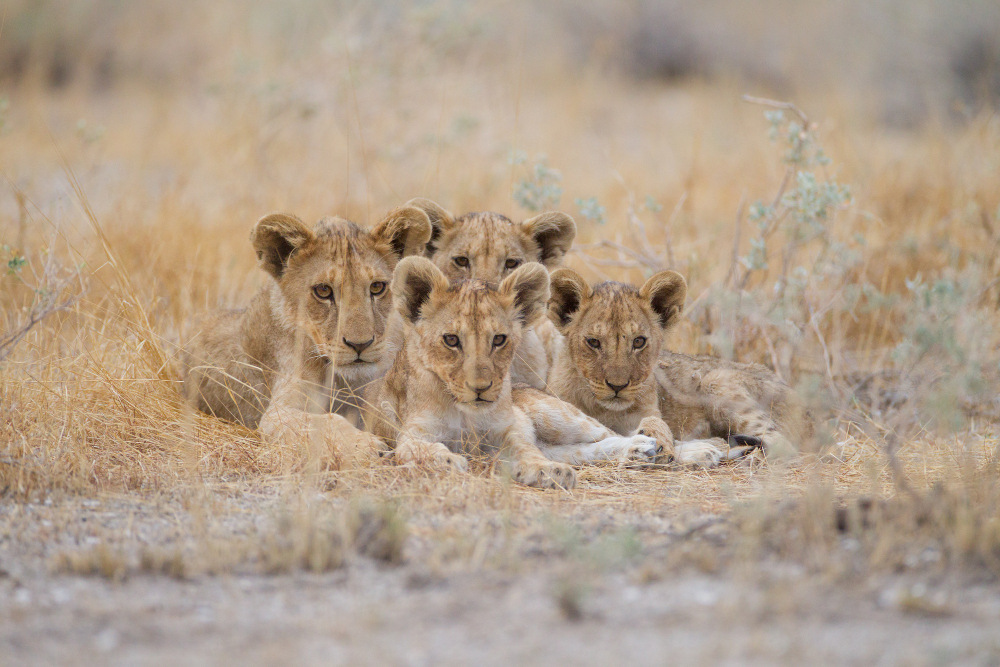
Due to their close proximity, it is easy to combine both countries into a single trip and see the highlights of each.
In comparison to return flights to the same destination, several airlines provide multi-city tickets that allow you to arrive in one place and depart from another without significantly raising the price.
How to Book your Kenya-Tanzania Safari
Your Tanzania and Kenya safari can be booked in several ways, and the method you select can significantly affect both the cost and the quality of your safari.
A: Self-Drive Safari
Visitors are permitted to drive around a few of Kenya’s national parks and wildlife reserves.
Self-drive safaris appear to be a fantastic way to save money and provide a great deal of flexibility. All you have to do is rent a car, purchase your park admission, and go exploring, right?
Sort of. Even though self-driving cars might seem like a fantastic idea, there are a few advantages and disadvantages to consider before making your choice.
Your ability to identify animals is the first and most crucial item you should consider. There, be truthful with yourself.
When it comes to identifying animals, a local guide can be really helpful. You can find animals with the assistance of guides that you otherwise would not have seen. You have a far better chance of seeing specific animals since they have a network of other guides who can tell them where they are.
Your safari budget is the second thing to think about. On safari, driving yourself could seem like a terrific way to save money, but when you sum everything up, the savings are not as large as you might first believe.
In contrast, Tsavo costs $61 during the high season and $41 during the low season, whereas Amboseli charges $118 during the hot season and $94 during the low season. These costs are per person, per day, and inclusive of tax.
If you intend to visit several parks during your two-week Kenya safari (which I strongly recommend), these expenses quickly mount up.
Whether you have a safari reservation with a travel operator or are going on a self-drive safari, the costs are the same. When calculating the total cost of a self-drive safari, keep in mind that the park fees are typically included in the tour price offered by the majority of tour companies.
Logistics-wise, you’ll need to rent a 4×4. Gas and car rentals can get really expensive. Along with being reasonably adept at navigation to avoid getting lost in the parks, you’ll also need to grasp the fundamentals of car maintenance in case you have any problems while on safari.
B: Local Tour Operator
Booking through a local tour operator is, in my opinion, a no-brainer after attempting self-drive safaris and making reservations through both domestic and foreign agencies!
The people on the ground are local tour providers. With a local guide, you’ll see a lot more creatures than you would on your own, and the best ones are intimately familiar with the areas they work in and can handle even the slightest nuances!
Additionally, their cost is not significantly higher than that of a do-it-yourself self-drive safari. Except for your driver’s guide, prices are essentially the same.
However, depending on the local tour operator you choose, your safari experience can vary significantly, so it’s important to do your homework and make an informed decision.
To see what other people have experienced, I advise reading as many guest reviews as you can on Google and Tripadvisor. This is among the best methods to determine if you want to make a reservation with a particular supplier.

As an alternative, you may hire a seasoned travel planner like me to help you go through the various tour alternatives and select the one that’s ideal for you
C: Overseas Travel Agents
Using an overseas travel agency is an additional choice if you’re not sure that making your reservation through a local operator is the best course of action.
These foreign agents will take care of any problems that come up before, during, and after your trip and can assist you in booking your complete safari from beginning to end.
All of this additional assistance, though, can have a price. In terms of dependability and customer service, making a reservation through an international travel agency can seem like the “safest” choice, but it’s crucial to understand that the majority of foreign tour operators are merely acting as middlemen on safari excursions.
International agents typically mark up the price and then sell it to you after working with local tour operators. The only significant variation is the cost of your safari; otherwise, the final experience is typically the same. So, if you’re on a tight budget, keep that in mind!
International tour operators have the advantage of typically being “bonded,” which theoretically protects your money in the event that they fail before your trip.
D: Hotel-Provided Safaris
Fly-in safaris are an additional choice if you are time-constrained and have a large budget.
Using light planes, these upscale safaris take visitors throughout a region or nation. Even if you only have a little holiday, this enables you to see a huge area.
Additionally, since you won’t have to drive between parks, you’ll have more time to spend in each reserve. Following your flight, you will drive 4X4s around the parks, enjoying an experience akin to that of a typical driving safari. Be aware, though, that hotel game drives are usually not private, so you will have to share your car with other visitors and vie for the finest views.
For those who wish to pack as much as they can into their trip, fly-in safaris are a good choice. But it makes sense that they are among the priciest excursions available; the cost of the safari package is significantly increased by all those quick flights!
Cost of a Kenya Tanzania Safari
Although prices may vary, a private safari in Kenya and Tanzania with a local tour operator typically is expensive
If funds are tight, group safaris offer lower rates of roughly $190 per person per day. These programs usually involve basic housing, including camping.
The accompanying chart shows average safari costs based on your budget and preferred level of comfort, but bear in mind that these rates are based on reservations made through local operators and would be significantly higher if you book through an international travel agency.
Factors Affecting Kenya and Tanzania Safari
The most crucial factor is how comfortable your lodgings are for you.Another crucial factor to think about is the time of year you choose to vacation. For example, park admission to the Maasai Mara costs $200 plus 18% tax per person during the busiest months of July through December. In the off-peak months of January through June, the price per person is $100 + 18% tax, which is doubled.
Additionally, lodging establishments such as lodges and tented camps might lower their rates by as much as 30% during off-peak periods.
The way you choose to move around during game drives will also affect the cost of your safari. In Kenya, the least priced of your options is a minivan. Minivans are typically $50 less expensive per day than Land Cruisers, and a Land Cruiser with dropped sides for photography can be much more expensive. Minivans are not accessible in Tanzania; the only vehicles that are available are Land Cruisers.
The final significant factor that could affect your cost is how you choose to get between parks.
Best Time to Visit Kenya and Tanzania
The weather can affect your vacation and the animals you view, even though Kenya and Tanzania are accessible year-round.
To provide you with a brief overview of what to anticipate each month. Tanzania is covered on this journey, although adjacent Kenya is extremely comparable.
East Africa has two distinct dry seasons. The longer dry season, which runs from June to mid-October, is often considered the ideal time of year to go. Because wildlife tends to congregate around waterholes, it is easy to view, the weather is pleasant, and there is less chance of rain and foliage.
Then, from mid-December to late February, there is a brief dry season. Although there is a chance of some rain, this is the warmest time of year. The scenery is lush and verdant throughout this season, making it ideal for photography. The region’s abundant fauna ensures that there is always plenty to see, including many baby animals, which is a true delight, even though dense vegetation can occasionally make it more difficult to spot creatures.
Due to the possibility of heavy rain, the months of March through May are frequently less visited. Rainfall patterns have been shifting, though, and occasionally the anticipated showers don’t materialize.
Although there is a brief rainy season from mid-October to mid-December, during which there may be a few evening showers, the weather is usually sunny and dry. However, recent years have seen less regular rain patterns around this time, with some years experiencing flooding due to heavy rains.
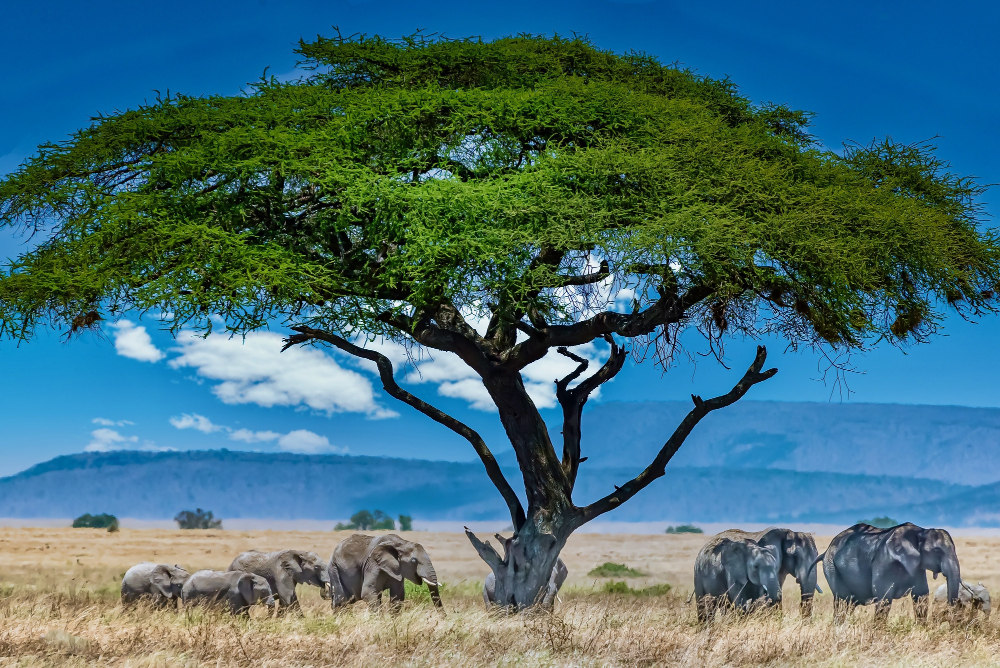
Since the Great Wildebeest Migration is regarded as one of the world’s greatest wildlife experiences, it is strongly advised that you organize your trip to coincide with its highlights. Mid-July to mid-September is when most people go to watch the Great Migration. At this point, you can see the breathtaking crossings of the Mara River, which are a real-life survival drama as crocodiles and strong currents are fought off by wildebeest.
In the southern Serengeti, where thousands of wildebeest calves are born every day, mid-January and late February are also great times to visit. It’s fascinating to see the newborns take their first steps, and since many predators are active at this time, it’s a great chance to see animals because you might even see a kill.
How Long to Spend in Kenya and Tanzania
Spending at least five days in Kenya and an additional five days in Tanzania. This offers you a high chance of seeing a diverse range of wildlife and enough time to see each country’s main safari locations.
A 14-day schedule will allow you to see the stunning beaches of Zanzibar at the end of your trip, if you have a few extra days to spare.
Kenya and Tanzania Safari Logistics
When you reserve your safari with a local tour operator, many of these concerns will already be addressed, but it’s a good idea to go through the sections below to be aware of what can be expected of you.
Border Crossings
Other than obtaining your visa and ensuring that your documentation is in place, there aren’t many things you need to do on your own to cross the borders between Kenya and Tanzania. However, understanding how these crossings function is helpful to ensure that everything goes without a hitch.
Airports or land borders are the two ways to travel between the nations. Due to fewer people, crossing at airports is typically faster. Nevertheless, crossing the land borders between Tanzania and Kenya IS VERY CONSTRUCTIVE.
There isn’t a direct international airport link in this area, so if you’re traveling, for example, from the Masai Mara in Kenya to the Serengeti in Tanzania, you’ll need to take two flights and a 45-minute drive between them to cross at a land boundary.
Visas
Travelers from a wide range of nations, including the US, UK, Canada, Australia, and many European countries, must get a visa in order to enter Tanzania.
The majority of tourists will require a $50 per-person single-entry visa. American nationals, however, are required to purchase a multiple-entry visa, which costs $100 per person.
You can apply for a Tanzanian visa on arrival, or you can use their e-visa system to obtain one in advance.
To prevent any delays or issues upon arrival, I usually advise arranging your visa in advance of your trip.
Your Tanzanian e-visa application can be submitted online.
Since processing can take a few weeks, it is advisable to apply for an e-visa one to two months before your travel.
Vaccinations
You must get vaccinated against yellow fever because Kenya is one of the countries where it can occur. Tanzania, on the other hand, is thought to be less susceptible to yellow fever. You will need to present your proof of immunization against yellow fever if you are relocating between Kenya and Tanzania. You won’t be able to enter without it.
Other vaccinations, such as those for typhoid, hepatitis A, and hepatitis B, are strongly recommended even though they are not required. A full list of recommended immunizations is available for viewing.
Medications
Putting prepared a trip health kit is always a smart idea, along with antimalarial medication. In addition to over-the-counter treatments for common travel ailments, including discomfort, allergies, and diarrhea, this should include any prescription medications you are already using.
Verify that the labels on your prescription bottles are clear, and if at all possible, include a note from your doctor outlining the purpose of each drug and the rationale behind your use of it. Remember to include sunscreen, insect repellent, and, given how frequently I get into trouble, a basic first aid kit.
Kenya and Tanzania Safari Overview
In light of all of this, I have meticulously planned this 10-day itinerary for Kenya and Tanzania so that you may genuinely enjoy every moment of your stay.
Although it’s impossible to eliminate travel time no matter how you travel, this safari route ensures that you will see the best safari parks in each country while also taking logistical factors (like travel time!) into account to make sure you spend more time seeing animals than on the road.
This journey starts in the busy city of Nairobi. Over the next few days, you will go on a safari experience through the Serengeti and Masai Mara, witnessing vast herds of animals traverse the savannah.
Day by Day Breakdown of 10-Day Kenya and Tanzania Safari Itinerary
Day 1: Nairobi
The drive time for today will depend on the things you decide to undertake.
Because nature is constantly close by, Nairobi is a bustling, modern city that provides a glimpse of what Kenya will look like in the future.
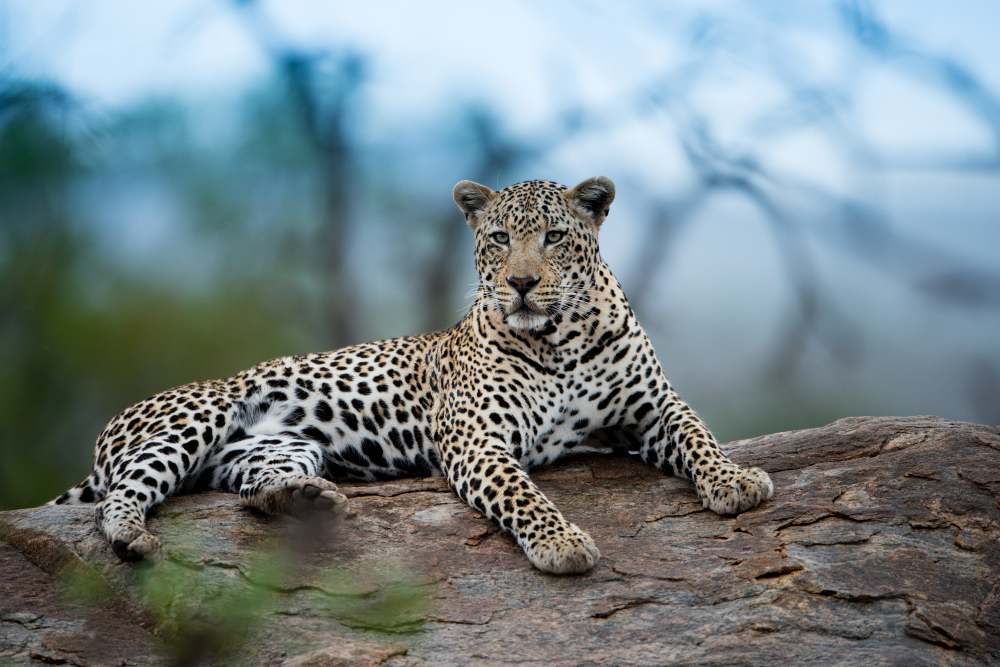
If your aircraft lands early, you might have time to visit some of the city’s attractions. To learn more about the history of the area, you can visit the Nairobi National Museum or begin your tour with a walk through Karura Forest.
There is still much to do if you arrive later in the day. The evening is a terrific time to explore the exciting nightlife or sample some of the local cuisine (Nairobi boasts a fantastic culinary scene!). But if you would rather unwind in your hotel to get ready for the days ahead, nobody would blame you!
It’s the start of a journey you’ll never forget, whether you choose to explore or simply unwind and take in the atmosphere.
Day 2: Maasai Mara National Reserve
From Nairobi, your journey to the Masai Mara begins at 8 a.m. As you drive, see how the urban landscapes give way to huge open areas. You will make a stop at the Rift Valley viewpoint along the route, which provides breathtaking views of the valley and beyond.
The lodge where you will stay provides you with a much-needed dinner when you arrive in the Masai Mara around lunchtime.
The afternoon game drive, which is your first opportunity to see animals on this tour, is the day’s high point! There’s a good chance of seeing some of your favorite animals because the Masai Mara is known for its biodiversity, which includes the Big Five. While herbivores like zebras and topis are commonly observed traversing the plains, big cats like lions are also common.
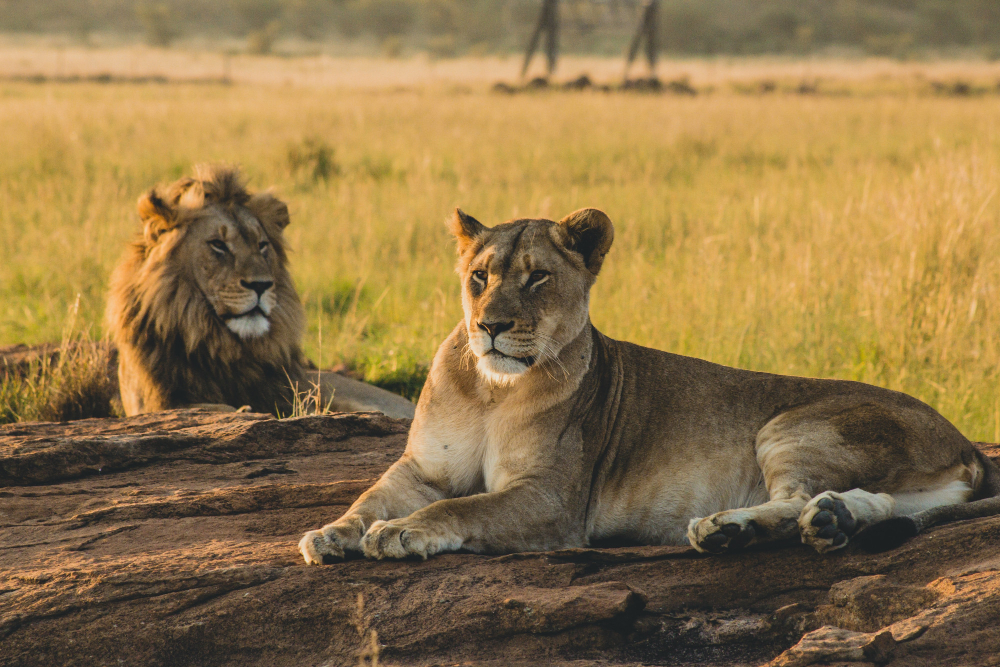
While herbivores like zebras and topis are common, big cats like lions are often spotted wandering the plains.
Local guides who are knowledgeable about locating these species in their native habitat will accompany you on your 4×4 excursion. You will return to your lodge as the sun sets.
Days 3& 4: Maasai Mara National Reserve
Since dawn is the greatest time to see animals at their most active, each day begins early. Predators are encouraged to roam and hunt in the chilly mornings before hiding away as the weather warms.
Drive farther into the reserve as the sun rises, passing acacia groves and undulating meadows. A picnic lunch will be provided by your lodging, and you can have it while admiring the savannah and possibly the lovely animals that pass by in the distance.
The game drives go on into the afternoon, and as the day cools off, the animals start moving more, making for great chances to see wildlife.
The thrill of the day doesn’t finish until nightfall, when the sun sets and the surroundings take on a golden hue, making it the ideal moment to capture the breathtaking scenery of the Masai Mara.
Day 5: Maasai Mara to Serengeti National Reserve
You will need to rise early in order to go at approximately 7 am if you are traveling by car to the Serengeti.
About five hours are spent on the first part of the drive, which takes you to Isibania, the Kenya-Tanzania border crossing.
You should budget about half an hour to complete the border crossing procedures at Isibania. Since you’re traveling to a completely new nation, it’s a simple process that should also be fascinating. Greetings from Tanzania!
You will travel for five hours to reach your resort in the center of the Serengeti after crossing the border. Since a large portion of this journey passes through the Serengeti, there are many chances to see wildlife. I had the good fortune to spot a leopard in a nearby tree while out for a drive!
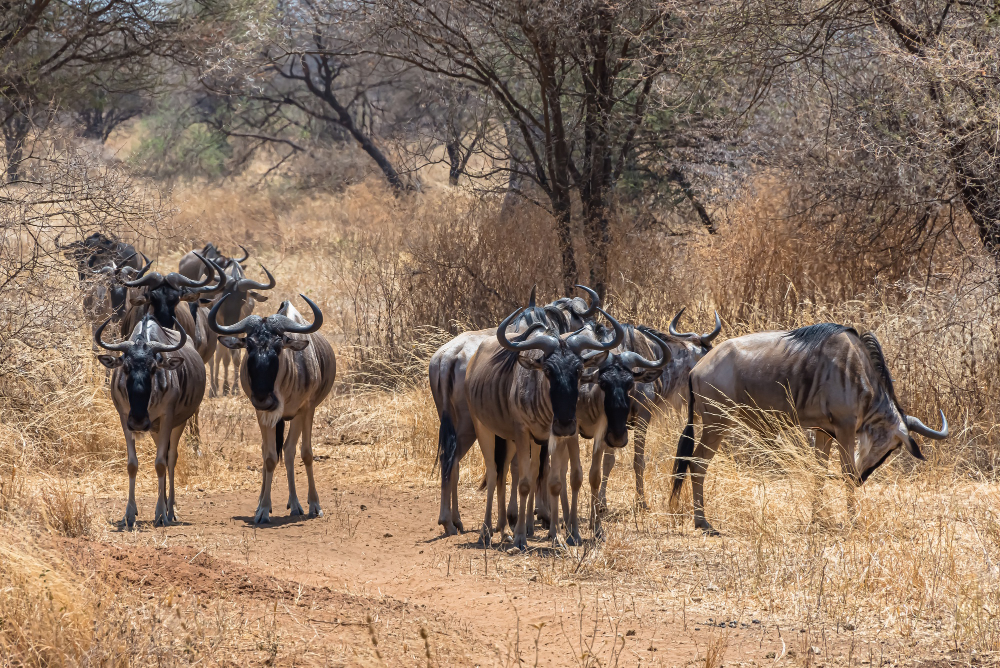
By drastically cutting down on travel time, flying allows you to see the breathtaking scenery below from above and spend more time unwinding when you arrive at your destination. If you intend to take a plane, you must first fly from the Masai Mara to the Migori Airstrip, which is still in Kenya. The Isibania border checkpoint is 30 30-minute drive from the Migori Airstrip.
Day 6: Serengeti National Park
Watch for lions, cheetahs, and leopards on their early morning hunt as you begin your journey over the savannah at dawn.
As the day goes on, make your way to the river valleys and waterholes that are essential to the Serengeti ecosystem. The park’s varied habitats increase your chances of seeing a variety of animals, including large herds of zebra and wildebeest as well as the elusive leopard.
At dusk, you will return to your lodge. After supper, I suggest spending some time around the lodge bonfire and taking in the stunning night sky, which is incredibly clear due to light pollution. Additionally, stargazing here is made more atmospheric by the noises of nocturnal creatures! Pay attention to the faraway roaring of lions and the unsettling whoops of hyenas.
Day 7: Serengeti National Park
To increase your chances of spotting predators like large cats on their morning hunts, get up early once more. Your game drive will end at noon today.
You will begin your journey to the Ngorongoro Conservation Area in the afternoon. This drive is unique because it allows you to witness the transition from the expansive Serengeti plains to the more diverse Ngorongoro landscapes.
You will drive to Ngorongoro in the afternoon and make your way to the crater rim, where you will spend the night. A world-renowned wildlife sanctuary, the crater itself offers breathtaking vistas when viewed from the upper rim of the crater. The sunsets here are amazing if you’re lucky enough.
Day 8: Ngorongoro Crater
As usual, the animals are most active in the colder early hours, so it’s best to get to the park as soon as the gates open at 6 am.
With its vast grasslands, lakes, and forests, the environment you inhabit as you descend into the crater seems nearly eternal. Elephants, rhinos, lions, and many other animals call the crater home.
Taking a picnic lunch near a hippo pool will be a highlight of the day. It’s an opportunity to unwind and take in your surroundings while dining and seeing the hippos in their natural environment. The experience of dining so close to wildlife is very unique!
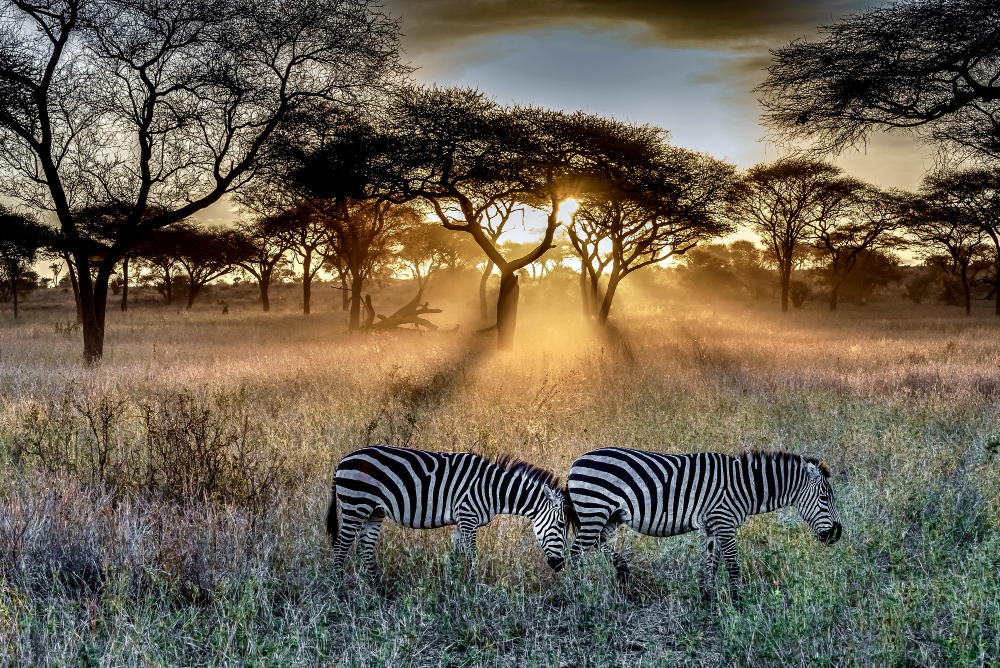
Before departing in the middle of the afternoon, you will continue to explore the crater after lunch, taking in as much of the landscape and fauna as you can.
After that, you’ll travel to Tarangire and spend the night there. Take a decent nap so you’re rested and ready for the day. This park is famous for its elephants and baobab trees.
Day 9: Tarangire National Park
This national park is among the greatest in the nation and is well-known for its vast herds of elephants, magnificent baobab trees, and the winding Tarangire River.
To get the most out of your last safari day, get up early. You can see the park as it awakens with an early start, and the light is ideal for photography, I can assure you.
Watch out for elephants, which can occasionally be found in groups of up to 300 individuals! Observing their interactions by the water will yield some especially valuable sightings.
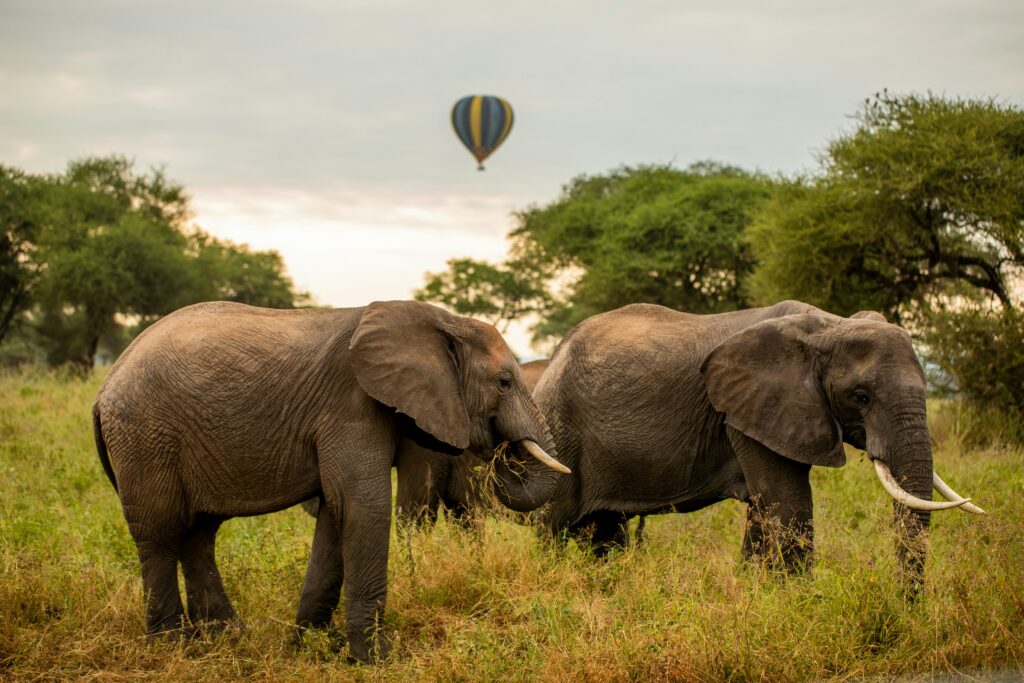
A picnic lunch in the park with a view of the Tarangire River is the perfect way to end the day. Savor the scenery while keeping an eye out for creatures approaching the cool river waters.
Day 10: Arusha
You have the chance to visit the city at the base of Mount Meru if your flight isn’t until the evening. With its abundance of marketplaces, cafes, and historical landmarks, Arusha provides a window into Tanzanian city life.
Wandering through the Arusha Central Market, where the shops brim with handcrafted products, textiles, and fresh vegetables, is a great way to spend your morning and get any last-minute mementos.
After that, enjoy lunch at one of Arusha’s garden cafés and sample some of the local cuisine you haven’t yet experienced. The Cultural Heritage Center provides a cultural dose by narrating the history of East Africa.
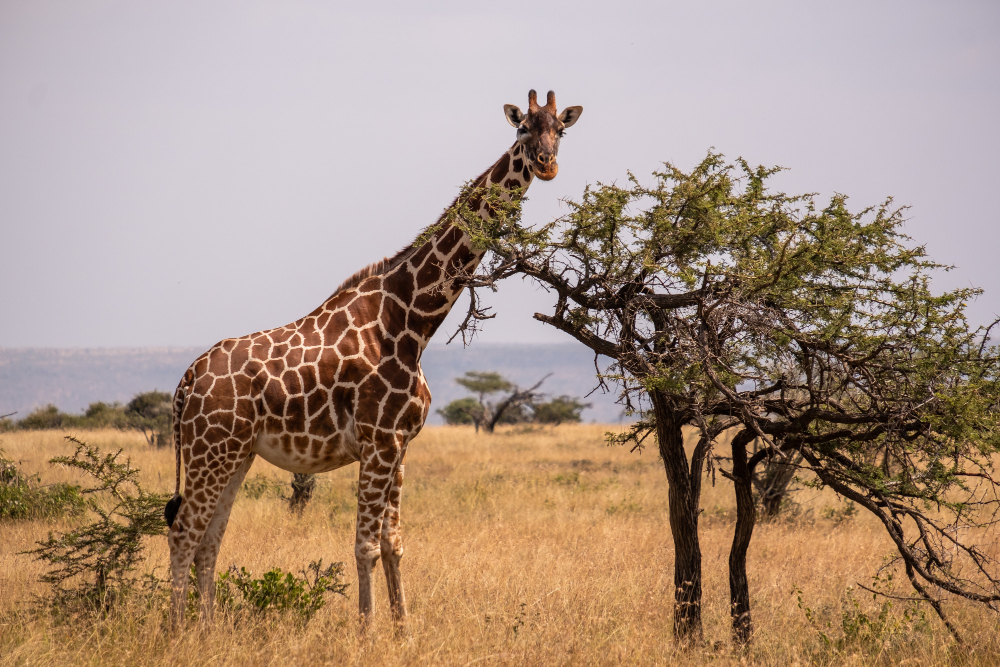
It may be difficult to leave Tanzania, but you will always be thankful for the safari experiences you had because they will last a lifetime!
Final Thoughts
There is no better place to have an amazing African safari than Kenya and Tanzania. Despite being close to one another and having comparable prices, both nations have something special to offer. It just makes sense to combine the two nations into one, fantastic safari itinerary.
The goal of this 10-day plan is to quickly cover the highlights of each nation. You will immediately enter two of the most well-known safari parks in the world, the Masai Mara and the Serengeti. Any bucket list should include a visit to at least one of these incredible locations; seeing both is an experience of a lifetime!
With a fantastic emphasis on the region’s varied wildlife and landscapes, you may quickly explore another side of East Africa by including Ngorongoro Crater and Tarangire National Park.
